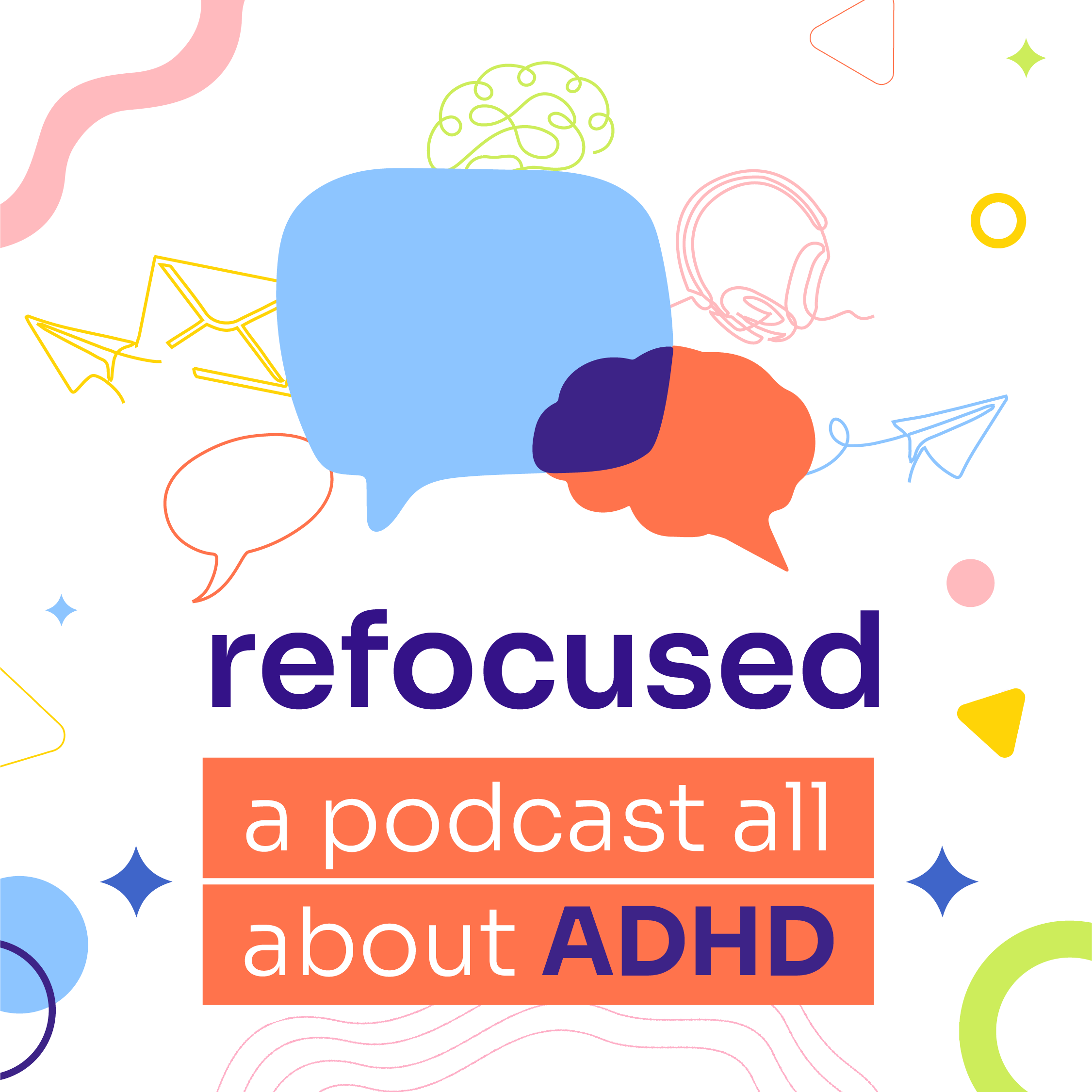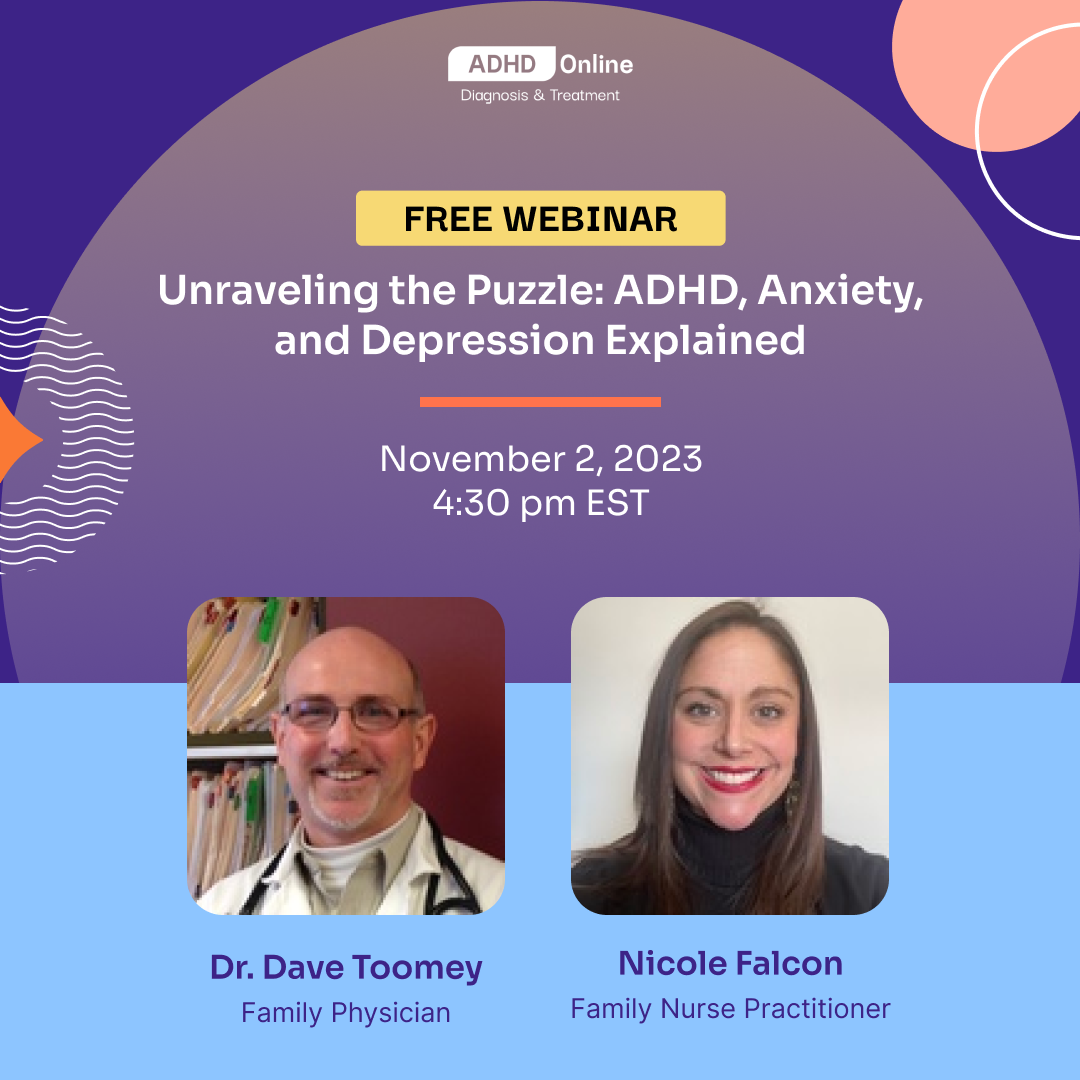By Lisa Fields
When you’re the parent of a child with ADHD who’s constantly on the move, you may expect your child to remain that way forever.
“They’re falling out of their chair. They can’t sit through dinner. They’re grabbing everyone’s pencil and pen off the desk. They blurt out the answer in class without raising their hand. They decide they need to go to the bathroom, so they just leave. They constantly have that motor running,” says Hilary Bowers, MD, lead pediatrician for the Transforming Mental Health Initiative at Rady Children’s Hospital—San Diego.
But ADHD manifests itself differently among those who are in elementary school, high school, college and adulthood. Not only will your child outgrow the ways that they currently express their ADHD symptoms; the ways that they exhibit their symptoms should evolve as they age — due to maturity, learned behaviors and more.
“With age, a person with ADHD … may develop skills or strategies that help them manage their condition,” says Carolina Estevez, PsyD, a clinical psychologist in Austin, Tex. “Age also brings greater self-awareness and understanding of ADHD symptoms and behaviors. This can enable people with ADHD to identify the triggers of their behavior — for example, stress — and take steps to avoid or mitigate them.”
How are common ADHD symptoms expressed throughout childhood, adolescence and adulthood? Read on to find out.
Hyperactivity may evolve into restlessness
Not all people with ADHD experience hyperactivity, even during childhood. But those who are hyperactive during childhood may find that they’ve become restless as adults.
“Adults will often report struggling to remain seated during meetings, or an urge to fidget,” says Jessica Turner, MD, a psychiatrist in Palm Beach Gardens, Fla. “Hyperactivity tends to diminish during the teenage years, although many teens and adults continue to describe an inner feeling of restlessness.”
Part of this change occurs naturally, as a person matures.
“Hyperactivity, for a lot of kids, burns out — fades — with time,” Bowers says. “When we are very young, we are very active. And as we get older, we become more sedentary. And that’s even (in) people without ADHD.”
People with ADHD become more attuned to social cues as they age, which may also prompt them to become less active over time.
“Somebody in middle school doesn’t really want to stick out that much, so they’re not going to fall out of their seat,” Bowers says. “They’re going to figure out: ‘How can I still move in place and not be that kid rolling around on the floor?’ (So) you doodle on your paper. You tap your foot. Maybe you get up to go to the bathroom during class because that’s part of your accommodations.”
Some adults with ADHD who experience restlessness make it fit into their lifestyle.
“You may be somebody who takes more walks,” Bowers says. “You may be somebody who just doesn’t sit down when they’re at their own home or they’re in a place of comfort.”
Medication may help people with ADHD of any age manage hyperactivity or restlessness. Some people find that magnesium supplements help, by providing a feeling of calmness.
Finding age-appropriate, situation-appropriate ways to move may also ease feelings of hyperactivity or restlessness.
“For both children and adults, taking frequent breaks and using assistive devices, such as fidget spinners, may help,” Turner says.
Impulsivity remains but is expressed differently
People with ADHD make impulsive decisions that reflect their ages and situations. Children may hit their siblings, call out in class or interrupt conversations. Teens may cut class, skip basketball practice or sneak alcohol or their parents’ car keys. Adults may be impulsive in other ways.
“An adult with ADHD may make rushed decisions without considering consequences or act out of character while under stress,” Estevez says.
Anyone who acts impulsively may experience negative consequences.
“Children and adults are at higher risk of accidental injury, as well as social isolation that may result from interrupting friends and coworkers,” Turner says. “Adults struggling with ADHD are also at increased risk for other dangerous, impulsive behaviors, such as smoking, risky sexual encounters, drug use and unsafe driving.”
Parents may help manage impulsivity in their child’s life by staying involved. Role-playing may help, particularly if a child or teen monopolizes conversations or is susceptible to peer pressure. Knowing what your child does with friends may prevent them from getting into risky situations. And giving your child a code word may help them escape situations in which they acted before thinking.
“Come up with a code word that a child can text … that means, ‘Come get me immediately. Wherever I am. No questions asked,'” Bowers says. “The parent shows up (and the teen says), ‘Oh, man. I can’t believe it. My mom’s making me leave. She stinks.’ (But they’re) really happy because they didn’t want to be there anymore.”
ADHD medication may also help manage impulsivity for children, teens or adults.
Inattention lingers among some people with ADHD
The ways that people with ADHD express inattention change over time.
“Younger children may be easily distracted,” Estevez says, “while older people may appear absent-minded.”
People with ADHD may daydream or become easily distracted at any age. But as they mature, they learn strategies that help them focus their attention for longer periods.
It’s possible to extend the amount of time that an activity holds your child’s attention. First, figure out how long your child pays attention to something that doesn’t hold their interest. If they can read independently for only five minutes, set a timer for four minutes when your child begins reading.
“When they get to four minutes of reading, go in and say, ‘You’re doing such a good job! I’m so impressed with your reading. You know what? We’re going to read for a few more minutes!'” Bowers says. “Then you set the timer again… . You’ve reset their clock, (and) you’re training them to go a little bit longer in a non-preferred activity.”
Children, teens and adults may request accommodations to help them address inattention.
“Children should apply for accommodations at their school, such as preferential classroom seating near the teacher, extended time on tests and assignments and the ability to take exams in less distracting environments,” Turner says. “Adults may choose to speak with their doctor about requesting accommodations within their workplace, as ADHD is recognized by the American with Disabilities Act.”




